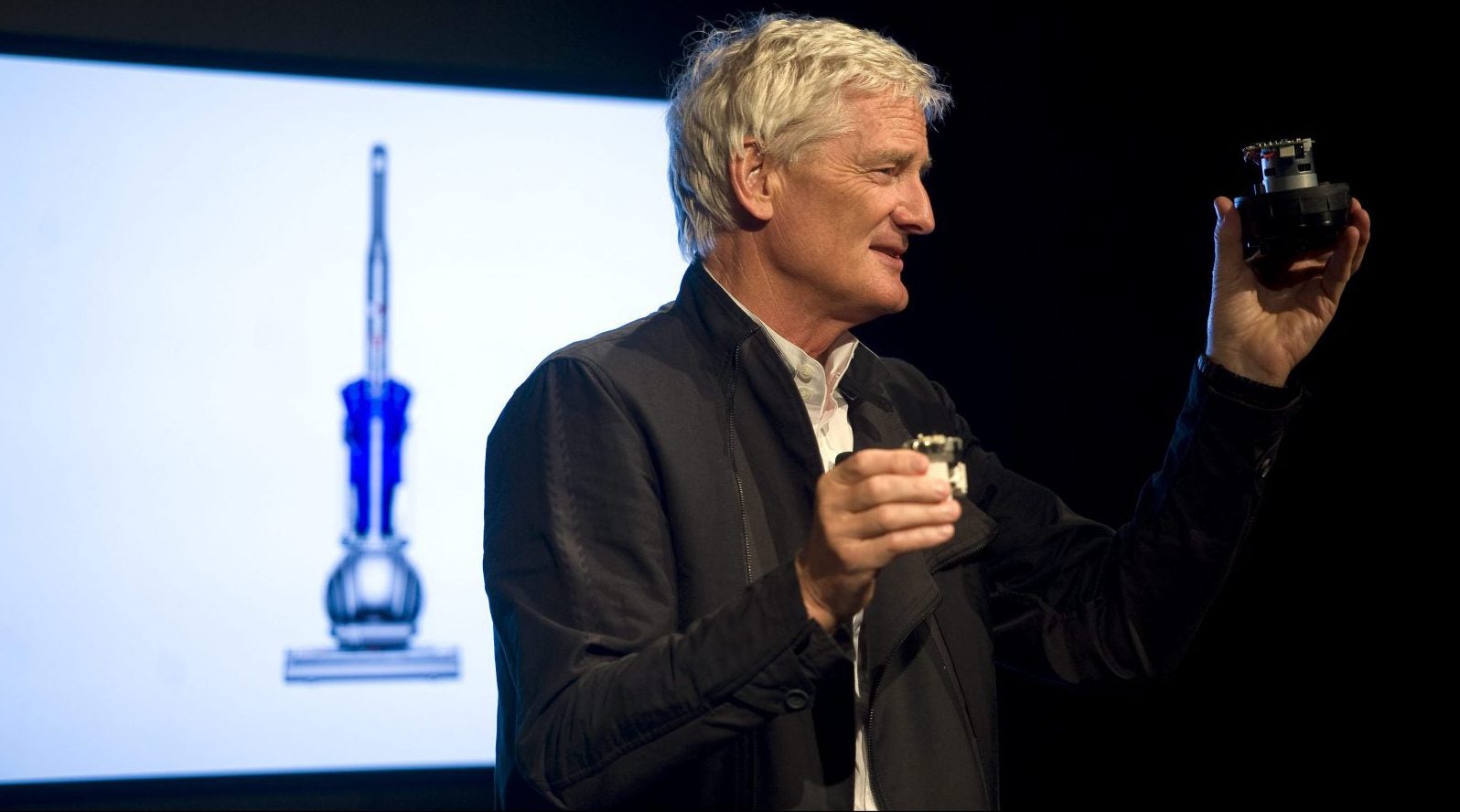Dyson has abandoned patents aimed at creating a battery-and-electric-car juggernaut resembling Tesla
Dyson, the UK appliance maker owned by billionaire James Dyson, has relinquished the core intellectual property of Sakti3, a hyper-secretive solid-state battery startup that it acquired for $90 million just 18 months ago as the first step in a plan to become a battery juggernaut.


Dyson, the UK appliance maker owned by billionaire James Dyson, has relinquished the core intellectual property of Sakti3, a hyper-secretive solid-state battery startup that it acquired for $90 million just 18 months ago as the first step in a plan to become a battery juggernaut.
The move—canceling its $200,000-a-year license for Sakti3’s patent portfolio from the University of Michigan, from which the startup was spun out—is stunning: When Dyson announced the deal in October 2015, much of the business press described it as potentially transformational, catapulting Dyson into the vanguard of the global race for long-lasting electronics and affordable electric cars. As though challenging industry trend-setter Tesla, Dyson would build a $1 billion battery factory, with Sakti3’s invention going initially into Dyson vacuum cleaners within two years. Leading up to the deal, founder Dyson said an initial $15 million investment in Sakti3 might one day be worth more than the entirety of his company at the time. (The value of privately held Dyson is not known, but Dyson himself is worth $4.2 billion, according to Forbes.)
Instead, that investment may be worth little more than the value of the equipment in Sakti3’s Ann Arbor, Michigan, laboratory.
Battery science has advanced only slowly since lithium-ion technology was commercialized in 1991. Researchers around the world continue to work on achieving a breakthrough that will enable cheap, battery-run transportation and power generation. But leading researchers say they are far from inventing the dreamed-of super battery.
It is always possible that once inside Dyson, Sakti3 founder Ann Marie Sastry or someone else at the company pivoted their battery concept in a different direction, rendering the original patents obsolete. Dyson and Sastry did not respond to emails seeking comment. But if so, it would be a surprising turnaround for Sakti3.
Just after the acquisition, Quartz published an in-depth article detailing profound doubts in the lithium-ion research community about Sakti3. The article described Sastry’s intense secrecy, her failure to publicly or privately document her claims of enormous breakthroughs in her company’s solid-state battery work, and the belief by former senior Sakti3 executives that the company had achieved few tangible advances. The reason was simple—solid-state battery technology, while extremely promising, has enormous barriers, especially cost, and Sakti3, like everyone else who has tried, had failed to overcome them.
In an exchange of emails, Kenneth Nisbet, associate vice president for research and technology transfer at the University of Michigan, confirmed that Dyson had abandoned its license of the Sakti3 patent portfolio. Nisbet said Dyson did not explain why it was relinquishing it. “As is typical, Sakti3 continued to create intellectual property on its own that complemented the original [University of Michigan] IP,” Nisbet said. “I don’t know the exact reason why Dyson terminated the license, but I assume the original IP was no longer important given the additional IP created by Dyson.”
Fabio Albano, who did the original work behind Sakti3’s foundational patents, told Quartz that the licensing fee was based on a scale, rising every year as encouragement to commercialize the underlying intellectual property. “If you don’t have revenues from a patent, you kill it,” Albano said.